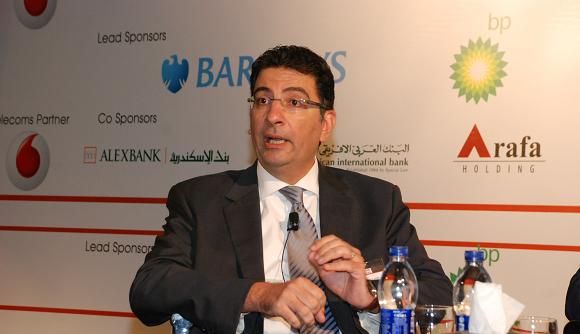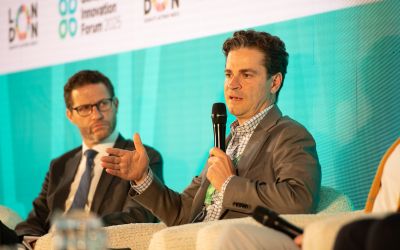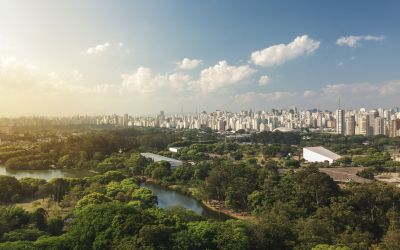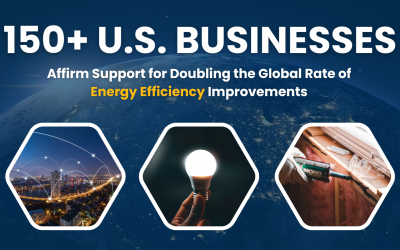Tamer Abol Ghar on sustainable lighting solutions in East Africa
Philips East Africa plays a crucial role in building the region’s infrastructure through participation in essential electricity and energy saving projects. Tamer Abol Ghar highlights some of the key challenges and opportunities in the region.

Tamer Abol Ghar joined Philips Lighting in 2004 as General Manager and is responsible for overseeing the Lighting Division across the East African Region. Lighting revitalization programmes are enjoying success in countries including Egypt, Kenya, Uganda and Sudan and Mr Abol Ghar discussed the key topics in the region with Climate Action.
Can you give us some further information on the scale of the problem in terms of lack of regular energy within East Africa, and the challenges facing nations in this region?
A lack of light means that in the evening roads are dangerous places and security is a constant issue. Shops close early, productivity in businesses is lower, fewer jobs are created and the quality of life is gravely affected. There are no sporting opportunities for youth in the evenings, natural disasters and accidents are made worse and communities are literally forced apart. New developments in LED lighting can now change this.
At Philips we strive to make the world healthier and more sustainable through innovation. It is our aim to improve the lives of 3 billion people per year by 2025. To meet these goals we apply environmental and societal considerations throughout all phases of our operations and it is encouraging to receive this recognition.
Helping people in Africa face their current challenges in low electrification rates in certain areas, through our cutting edge technology Solar LED Lighting by constantly collaborating with government officials to increase the use of Solar lighting and supporting rural areas for a better living.
In terms of Philips' work in East Africa could you clarify how the organisation is working with both public and private partners in the region on the strategic implementation of your solutions?
We are currently working with private sectors on strategic implementation of complete lighting solutions. Philips Lighting is the leading provider of lighting solutions and applications both for professional and consumer markets, transforming how lighting is used to enhance the human experience in the places where people live and work. Whether at home, on the road, in the city, shopping, at work or at school, we are creating lighting solutions that transform environments, create experiences, and help shape identities.
We serve our customers through a market segment approach which encompasses Homes, Office and Outdoor, Industry, Retail, Hospitality, Entertainment, Healthcare and Automotive. For these segments we provide a wide range of offerings from across the entire lighting value chain - from light sources, luminaires and lighting controls to lighting solutions and services.
A strong message in relation to Philips Lightings work is the benefits of lighting bringing communities together. Could you give us a grassroots example of this benefit in action?
In August 2012, Philips announced the Community Light Centres Initiative to provide solar powered LED lighting for 100 small soccer pitches or “Light Centers” for rural communities across Africa. The initiative and the breakthrough in technology will enable evening sport, education, healthcare and commerce for 2 million Africans who live without electricity.
"The solar combination with LED is something that has enormous potential" Achim Steiner, Executive Director, UNEP
We will see the installation of 100 “Light Centres” across rural Africa by 2015. These are areas of approx 1000m2, or the size of a small soccer pitch, which are lit using a new generation of highly efficient solar powered LED lighting systems. The idea is to create areas of light for rural communities which live without electricity thus effectively ‘extending the day’ and creating numerous opportunities for social and economic activities in the evening. We are really busy with this initiative and it is developing rapidly. I can refer you to one element of the our annual Cape Town to Cairo road show, and more information is available at http://www.philips.com/africaroadshow.
Broadly, what best practices can other lighting / energy efficient providers learn from Philip’s experience in East Africa?
Darkness holds back social and economic development in areas which lack electricity. Sustainable Lighting is a key enabler for other industries and initiatives to develop.






